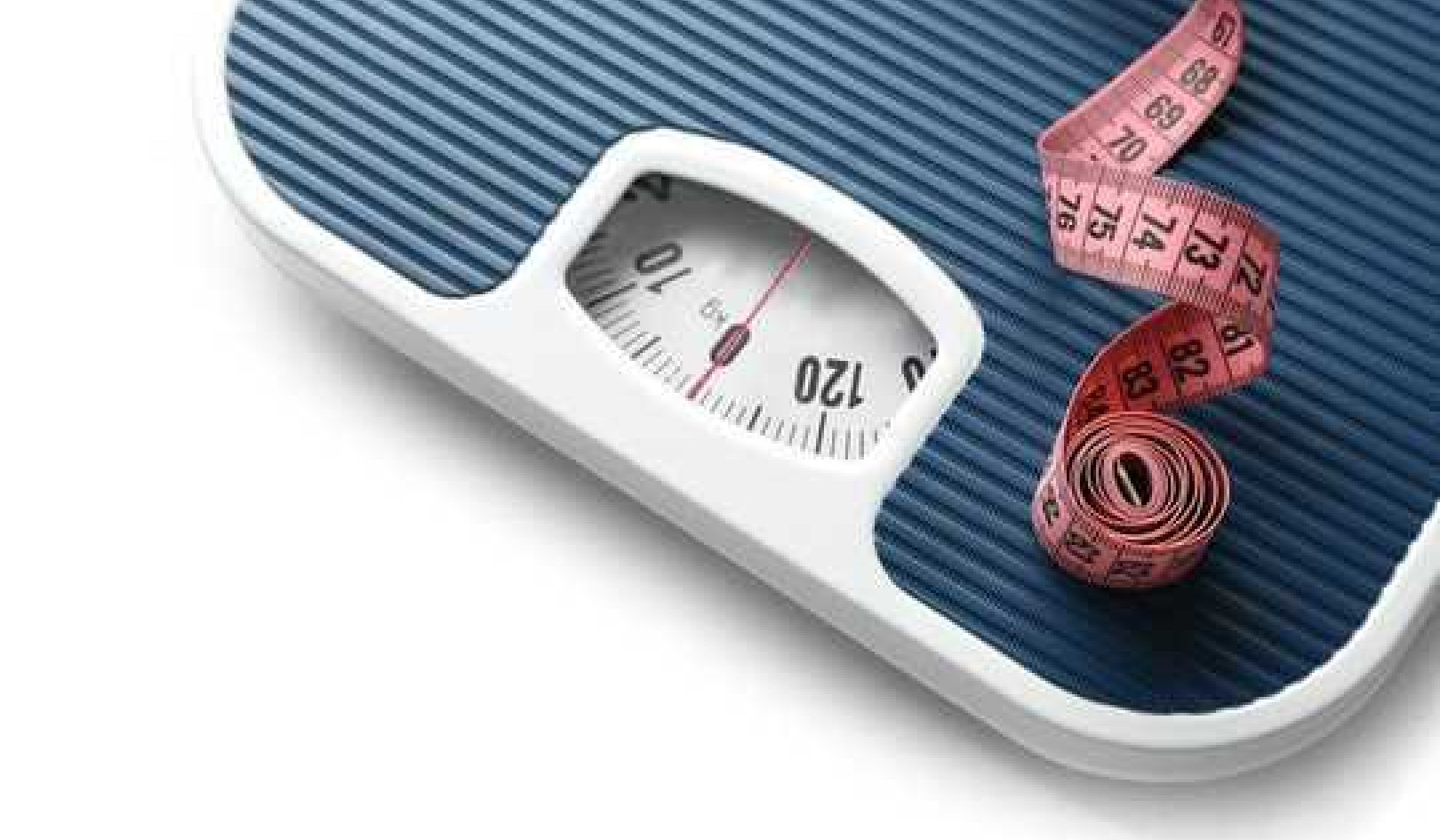
Historic landfills contain high levels of toxic synthetic chemicals known as PCBs which continue to pollute the environment and pose a health hazard. Jenya Smyk/Shutterstock
In this Article:
- Why are PCBs still a threat decades after being banned?
- How do PCBs contaminate soil, water, and air?
- What are the health risks associated with PCB exposure?
- Why is monitoring for PCBs crucial for wildlife and human health?
- How do regulations aim to reduce PCB pollution and its impact?
PCB Pollution Risks: Why These Toxic Chemicals Still Threaten Us
by Andrew Sweetman, Lancaster University
Toxic synthetic chemicals called polychlorinated biphenyls (PCBs) were banned more than 40 years ago but still threaten human health and the environment today.
PCBs were used to make industrial products such as coolants and electrical components until they were banned in the 1980s. They were popular because of their insulation properties, non-flammability and resistance to thermal and biological degradation. But that results in persistence and once released in the environment, these pollutants can remain in soil, water and air for decades or longer.
In the UK, most (99%) equipment containing PCBs has been disposed of or destroyed. But the threat of toxicity to the environment and human health continues.
The UN recently described PCBs as “a forgotten legacy”. This ongoing contamination comes primarily from landfills and from the unintentional production of PCBs, either through incineration or as a byproduct during the manufacture of chemicals such as dyes or pigments.
PCBs were manufactured as complex mixtures with 209 possible different individual substances, although in practice, a smaller number were produced in commercial mixtures. A total of 1.3 million tonnes of PCBs were produced globally before being banned. About 50% of that was produced in the US, with 5% in the UK and 1% in China.
Human exposure to PCBs occurs largely through our diet as they accumulate in fat-rich foods such as meat and dairy. PCBs can be associated with serious adverse health effects in humans and animals, including damage to reproductive and immune systems.
PCBs have generally been accepted as hormone-disrupting chemicals and are carcinogenic to humans. Some PCBs behave like dioxins, the unwanted byproducts and highly toxic compounds that originate from combustion processes such as burning of fossil fuels. Long-term exposure to dioxins can result in disruption of the immune system, hormones and nervous system.
PCBs are recognised as persistent organic pollutants under the Stockholm convention. This international regulation calls for coordinated global action to phase out hazardous substances. Because PCBs persist in the environment, they are now widespread pollutants – they are present in air, snow, soil, water and wildlife, for example in whale blubber. They’ve been detected in remote parts of the world where they have never been produced or used, such as the Arctic and deep ocean trenches.
Under the Stockholm convention, PCB-using industries and governments must identify, label and remove PCBs from electronics like transformers and capacitors by 2025. Such equipment is still in use as it has a long shelf life. Any liquids containing PCBs or equipment contaminated with PCBs are also required to be safely destroyed by high temperature incineration by 2028.
It’s trickier to locate and contain PCBs from more diffuse sources. For example, it can evaporate from certain paints and adhesives or leach out from contaminated sites, landfills and old building materials.
In England, more than 1,200 historic landfills that are no longer in use are located in low-lying coastal areas or close to water courses – these have the potential to leach persistent contaminants such as PCBs into the environment. An estimated 200,000 tonnes of PCB wastes have been landfilled historically across Europe.
Over time, PCBs have entered the environment via leakage from electrical equipment, waste discharge from industrial manufacturing processes and improper waste disposal – in unlined landfills or factory effluent.
Most PCBs from historical sites enter via waterways, with residues settling in soil and sediments of lakes, estuaries and rivers near these sites. Some is released into the air, resulting in long-range atmospheric pollution as PCBs are easily transported by wind and air currents.
PCBs pose a risk to wildlife, particularly because they “biomagnify” up a food chain – so marine mammals such as whales and fish-eating birds such as black-browed albatrosses have higher concentrations of PCBs in their fatty tissues than their prey.
In 2016, Lulu, an orca that washed up on the Scottish island of Tiree contained the highest level of PCBs ever recorded. Harbour porpoises with higher concentrations of PCBs in their blubber tend to have a greater risk of death from infectious disease.
And 48% of UK marine mammals sampled from 2014 to 2018 exhibited PCB concentrations known to exceed toxic thresholds. Toxic residues were generally highest in the long-lived mammals such as killer whales, bottlenose dolphins and white-beaked dolphins.
Monitoring is crucial
As a result of the global ban, PCB concentrations have been decreasing across most parts of the world, including the Arctic. However, as a result of their persistent nature they are still routinely measured in humans, wildlife and the environment. The focus of environmental monitoring has been on the PCBs most commonly found in technical formulations.
However, recent studies have shown that processes such as dye or pigment manufacturing, and industrial thermal processes have resulted in large amounts of unintentionally produced PCBs being detected globally.
Usually, routine PCB monitoring tests for just seven types of the 209 possible PCB. That has been a good indicator of the presence of commercial mixtures. But future monitoring programmes need to test for more types of PCBs to take the presence of unintentionally produced PCBs into account.
Due to their persistence and toxicity, strict regulation of PCBs should continue to be a top priority – from efforts to locate and destroy all existing stocks to comprehensive long-term monitoring programmes.
Andrew Sweetman, Reader of Environmental Chemistry, Lancaster University
Article Recap:
Despite being banned over 40 years ago, PCBs continue to threaten human health and the environment. These toxic pollutants persist in soil, water, and air, posing long-term risks to wildlife and people. Effective monitoring and strict regulations are crucial to managing PCB contamination and minimizing its impact on ecosystems.
This article is republished from The Conversation under a Creative Commons license. Read the original article.
Related Books:
The Body Keeps the Score: Brain Mind and Body in the Healing of Trauma
by Bessel van der Kolk
This book explores the connections between trauma and physical and mental health, offering insights and strategies for healing and recovery.
Click for more info or to order
Breath: The New Science of a Lost Art
by James Nestor
This book explores the science and practice of breathing, offering insights and techniques for improving physical and mental health.
Click for more info or to order
The Plant Paradox: The Hidden Dangers in "Healthy" Foods That Cause Disease and Weight Gain
by Steven R. Gundry
This book explores the links between diet, health, and disease, offering insights and strategies for improving overall health and wellness.
Click for more info or to order
The Immunity Code: The New Paradigm for Real Health and Radical Anti-Aging
by Joel Greene
This book offers a new perspective on health and immunity, drawing on principles of epigenetics and offering insights and strategies for optimizing health and aging.
Click for more info or to order
The Complete Guide to Fasting: Heal Your Body Through Intermittent, Alternate-Day, and Extended Fasting
by Dr. Jason Fung and Jimmy Moore
This book explores the science and practice of fasting offering insights and strategies for improving overall health and wellness.
Click for more info or to order
























